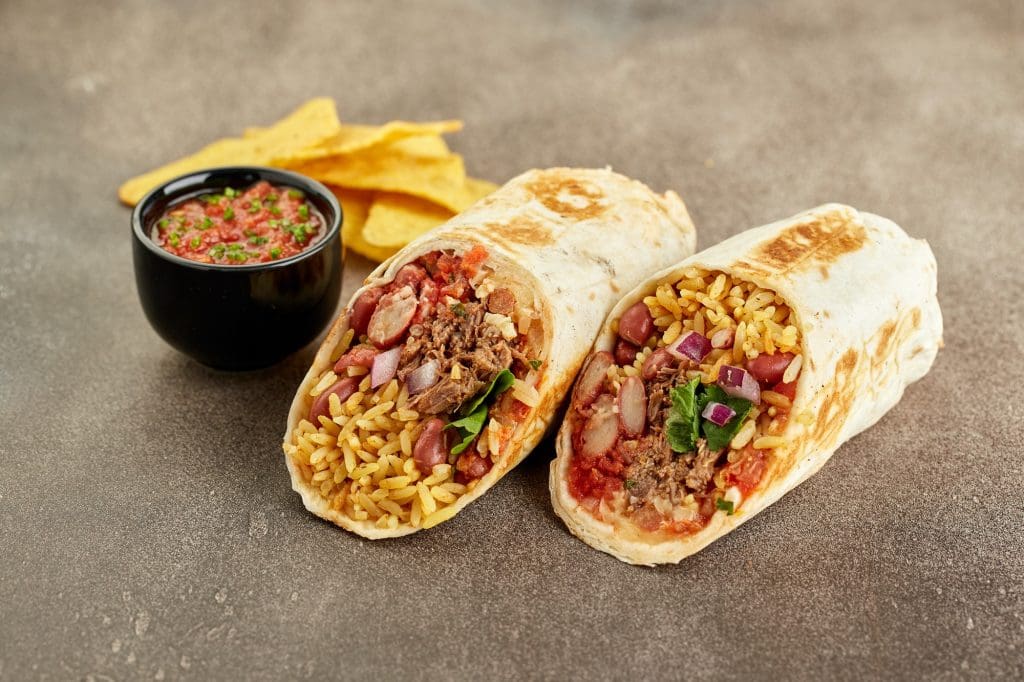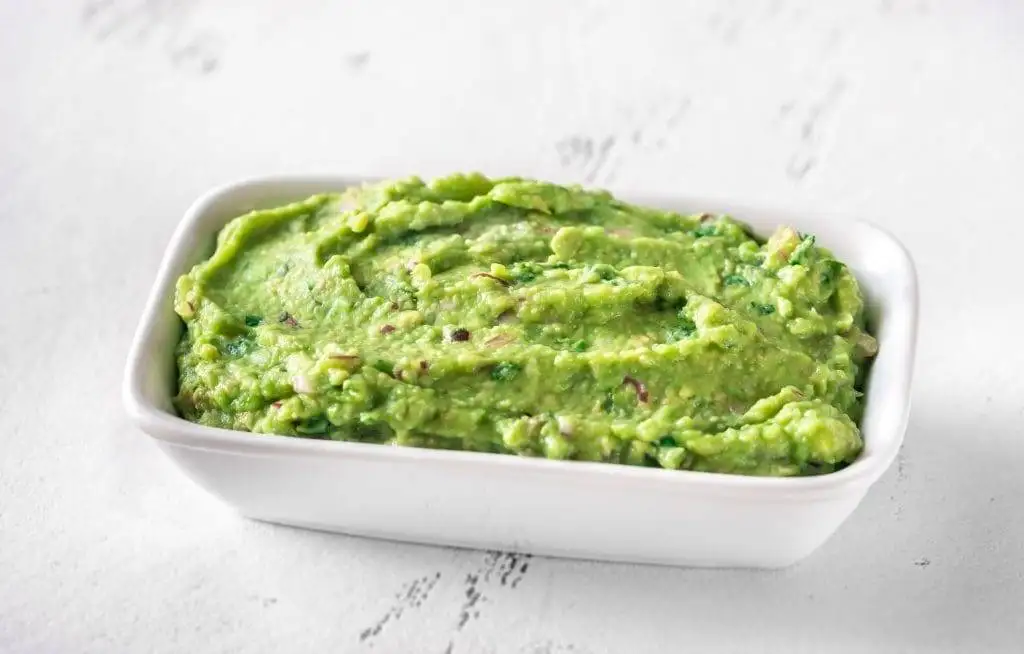What Do Quenepas Taste Like (And Why Does It Smell Familiar?)

If you’ve ever gone into a soap shop, you’ve probably come across bars of soap and lotions that say they contain limoncillo. Limoncillo, also called quenepas, is a tropical fruit that is often used to scent beauty products.
However, it can also be eaten! And, if you get your hands on some quenepas, you’ll be in for a real treat.
Quenepas have a slightly sweet, citrusy flavor. Their taste is a cross between a lime and a lychee, with strong tropical notes in the background.
What Are Quenepas?
Quenepas are small, tropical citrus fruits that are native to northern South America but are grown in Central America and the Caribbean, too. They’re known by a number of different names including:
- Mamoncillo
- Genip
- Talpa jocote
- Huaya
- Limoncillo
- Mamón
- Spanish Lime

That’s only a few of the many names that you might find these fruits labeled as! Just keep an eye out for a small, green fruit that resembles a lime on the outside but is bright orange when you slice it open.
What Do Quenepas Taste Like?
If you want to sit down and eat some quenepas, good for you! Despite the fact that this is a citrus fruit, you’ll find that they’re much sweeter than traditional citruses like limes and lemons.
Instead, quenepas taste like a cross between a lime and a lychee. They have a floral taste with tropical notes in the background, and are much sweeter than your traditional limes.
How To Eat Quenepas
If you want to eat quenepas, you can either eat them raw or throw them in some recipes. The most popular way to eat these fruits is raw. Just keep in mind that they have a large seed in the center that you’ll need to remove so you don’t choke.
To eat quenepas, start by washing the skin of the fruits. Even if you don’t plan to eat the fruit, washing the skin helps get rid of bacteria and make sure that there’s no dirt sitting on the skin of the plant. If you don’t wash it, the dirt could get into the fruit when you open it.
Once you’ve washed the fruit, crack open the shell. Instead of eating the fruit all at once, suck the fruit until the flesh is gone. The only thing remaining should be the seed of the fruit.
Health Benefits Of Quenepas

If you’re still not convinced that you should eat quenepas, you’ll want to check out its nutritional information. These fruits are super healthy and are a great way to get your daily dose of several vitamins and minerals.
Nutrition Facts
One quenepa has about 58 calories in it. They contain just 0.1 grams of dietary fiber and usually have about 13 carbohydrates in them.
Since quenepas are so low in calories, they’re ideal for anyone on a low-calorie diet. You can safely have a couple of these throughout the day without throwing off your diet!
Lower Blood Pressure
Did you know that quenepas could help lower blood pressure? Since these fruits are full of antioxidants, they can help improve your cardiovascular health and reduce the damage to your blood vessels that free radicals cause.
Promote Healthy Digestion
Fiber is an important nutrient for a healthy digestive system. And, since quenepas have a large amount of fiber, they can help move food through your digestive tract and prevent constipation. Plus, the leaves of the plant can be made into tea or ground into a powder to help treat intestinal issues.
Lose Weight
Since quenepas are low calorie fruits and don’t contain any fat, they’re a great combination for anyone who wants to lose some weight. You can munch on these for an afternoon snack without worrying about piling on the pounds.

Boost Your Immune System
Quenepas contain vitamin A, vitamin C, and phosphorous. These chemicals help keep your immune system functioning well and prevent you from getting sick as frequently. On top of that, the antioxidants fight free radicals which prevent cell damage in the body.
Stabilize Your Mood
Another benefit of quenepas is that they have a number of vitamins and minerals that have been linked to stabilizing neurotransmitters. As such, they can be used to treat mood instability and anxiety issues.
Control Hormones
Phosphorous, a nutrient linked to normalizing hormonal functions, is present in quenepas. Because of that, they can help regulate your hormones and keep your body functioning correctly. Many South Americans even recommend them to women on their periods to help keep their hormones stabilized.
Keep Your Bones Healthy
Even though quenepas don’t contain a huge amount of calcium, they do still contain this mineral. That’s important for improving bone strength and keeping aging issues such as osteoporosis at bay.
Frequently Asked Questions
Do you still have some questions about quenepas? If so, you’re not alone! Here are a few additional questions that people commonly ask.
Where do you buy quenepas?
If you’re wanting to buy quenepas, you’ll probably have a hard time doing so. Quenepas are mostly sold throughout Central and South America, or very occasionally, in specialty food stores.
What are quenepas in english?
While most people know quenepas by their Spanish name, some people have translated the name into English. In English, these fruits are referred to as Spanish limes.
How many carbs are in quenepas?
If you’re worried about counting carbs, quenepas can be a great choice. Quenepas contain between 13 and 19 carbohydrates each.
Conclusion
Delving into the world of quenepas, we’ve unraveled the mysteries of this unique tropical fruit, exploring both its taste and the oddly familiar aroma it emanates. As we bite into the juicy, translucent flesh of quenepas, we encounter a burst of sweetness, tanginess, and a hint of bitterness, creating a flavor profile that dances on the taste buds. This exotic fruit, also known as Spanish lime or mamoncillo, offers a delightful combination of tropical notes, making it a cherished treat in various cultures.
The strangely familiar scent that accompanies quenepas takes us on a nostalgic journey, reminiscent of childhood memories or familiar landscapes. This sensory connection adds a layer of warmth to the overall experience of enjoying quenepas, making them not just a fruit but a vessel for evoking a sense of home.
As you savor the taste and aroma of quenepas, consider the cultural richness and the memories they may stir. Share your experiences with others, and perhaps introduce someone new to the pleasures of this tropical gem. Quenepas are not just a fruit; they are a sensory delight that bridges the gap between flavors, aromas, and the memories that make them uniquely special.
Happy tasting!




